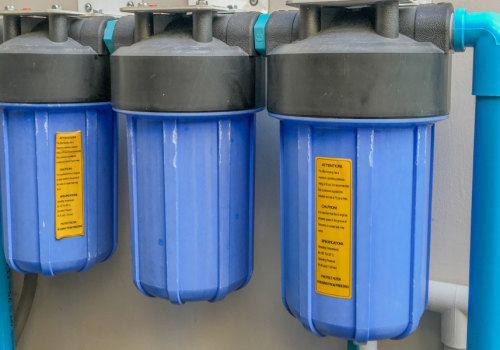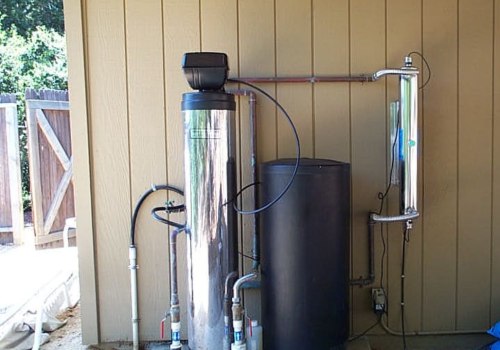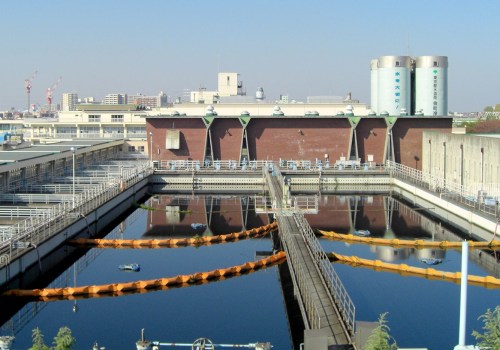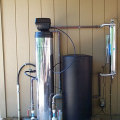In addition to the potential for exposure to contaminants, immunosuppressed people should not change water filters on their own, as this could increase their risk of infection. Some filters can eliminate parasites such as Cryptosporidium and Giardia if used correctly, but it is important to note that not all filters are created equal. For example, filters that remove chemicals often don't effectively eliminate germs, and vice versa. Fluoride is another chemical that can be removed from drinking water using certain water treatment devices, such as reverse osmosis, ion exchange, or distillation systems.
This is especially important for children, who may be more vulnerable to the effects of fluoride. Perhaps the most common issue that residential water filtration systems face is a dirty filter. This allows chemicals and heavy metals to reach drinking water, which can be dangerous for human health. Therefore, it is essential to consider the maintenance needs of your filter and keep it up to date.
Faucet-mounted filtration systems are connected to a standard faucet and can be turned on and off between the flow of filtered and unfiltered water. This is a convenient way to make sure you are drinking clean water without having to buy plastic bottles or water filtered by the company's refrigerator. However, if the water that comes out of the refrigerator is found to be contaminated, it may not be the filter's fault. When sediment builds up in a filter, this can clog the aerator and prevent tap water from escaping.
Therefore, it is important to replace a moldy water filter, as residents can get sick and have allergic reactions when exposed to mold. Water filter labels also often indicate the contaminants that are being reduced, which can help guide your choice. Alternatively, you can contact your local community's water provider and request a copy of their annual water quality report. This will provide information about any contaminants present in your drinking water.
The Environmental Protection Agency (EPA) has set a limit on exposure to arsenic in public drinking water in the United States. Nitrate concentrations in our water systems have also increased significantly and are expected to continue. Chloroform is the most prevalent THM compound in chlorinated water and has been classified as a potentially carcinogenic substance for humans. Fortunately, there is a reliable way to remove these chemicals from drinking water.
If you're looking for a method that produces more accurate results, you can send a sample of tap water to a local laboratory for testing. Overall, using a water filtration system can help reduce your exposure to contaminants in drinking water. However, it is important to understand the potential health risks associated with using these systems and take steps to ensure that they are properly maintained.








